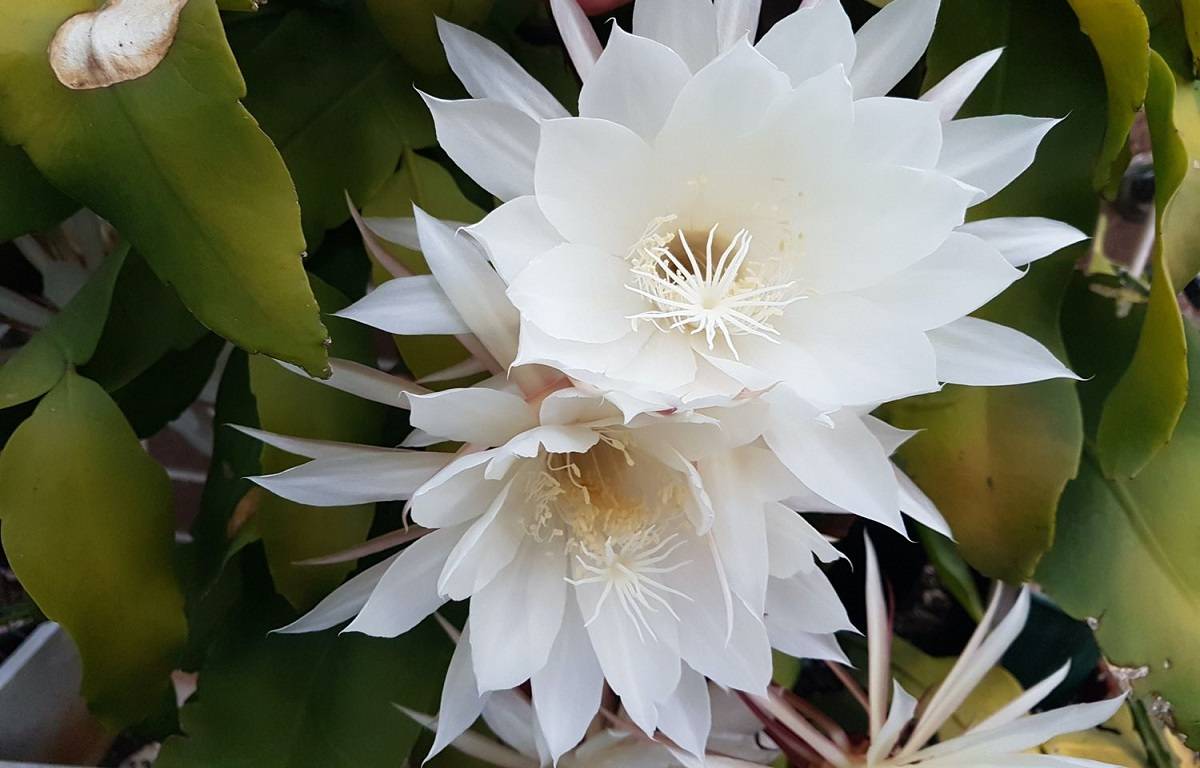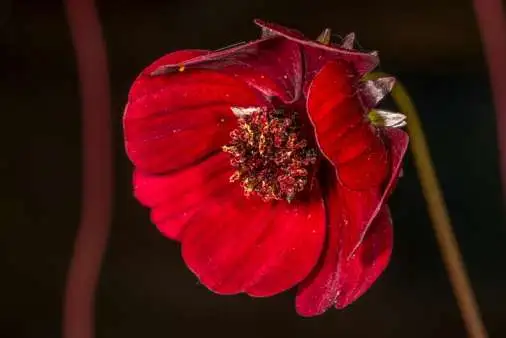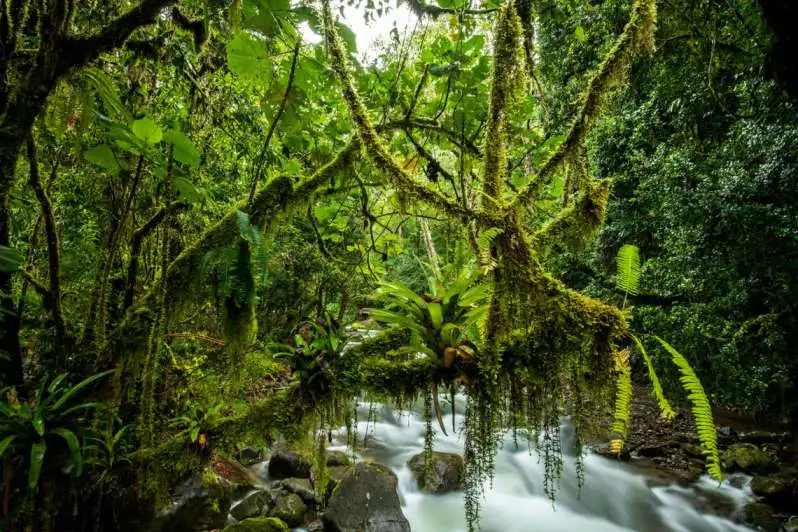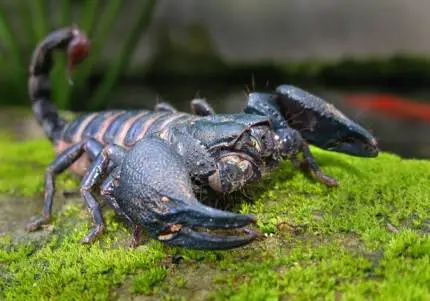Exploring the world of rare flowers transports us to some of the most remote and intriguing parts of the earth. These botanical treasures, frequently found in remote and pristine environments, fascinate with their distinct beauty and unusual traits. From the ephemeral petals of the Kadupul Flower to the massive and stinky Corpse Flower, each species tells a tale about survival, adaptability, and the delicate balance of nature. In this list, we look at 19 of the rarest flower species, emphasizing their unique characteristics and the remarkable habitats in which they thrive.
Ghost Orchid (Dendrophylax lindenii)
The Ghost Orchid, which is native to the wetlands of Florida and Cuba, is known for its ghostly look, with fragile white petals that appear to float in midair. This orchid lacks leaves and obtains nourishment through a symbiotic interaction with particular fungi, complicating cultivation. It blooms from June to August and thrives under highly precise climatic circumstances. Its rarity and haunting beauty have piqued people's interest and prompted conservation efforts.
Jade Vine (Strongylodon macrobotrys)
The Jade Vine, native to the Philippines' rainforests, is distinguished by its beautiful turquoise-blue, claw-shaped blossoms. Bats are primarily responsible for pollinating this vine, which can reach 18 meters in length. Deforestation has caused a severe decline in its natural habitat. The plant is grown in botanical gardens around the world to preserve its distinctive beauty. Its brilliant hue and distinctive flower structure set it out in any collection.
Franklin Tree Flower (Franklinia alatamaha)
:max_bytes(150000):strip_icc()/SPR-how-to-grow-franklinia-5081307-hero-33683527d1c34761a3f496a5f2f386f3.jpg)
The Franklin Tree Flower is native to Georgia, USA, and is distinguished by its white, camellia-like blossoms and delicious aroma. It was discovered in the eighteenth century and last observed in the wild in 1803. The tree now only remains in cultivation, thanks to the efforts of botanists who collected seeds before it became extinct in the wild. Its historical significance and eye-catching beauty have made it a popular plant in botanical gardens.
Rothschildâ Slipper Orchid (Paphiopedilum rothschildianum)
Rothschild's Slipper Orchid, unique to the rainforests of Borneo, is one of the most desired orchids by collectors. Its large, horizontally striped petals bloom from April to May. The orchid is frequently found on limestone cliffs, a habitat endangered by illegal collecting and deforestation. Conservation efforts are focused on maintaining its natural habitat and minimizing over-collection, ensuring that future generations can enjoy this lovely orchid.
Chocolate Cosmos (Cosmos atrosanguineus)
Chocolate Cosmos, a native of Mexico, is prized for its deep brown, velvety petals and delectable chocolate fragrance. The flower is extinct in the natural, only surviving through cultivation of a single clone. It blooms from summer to early autumn and requires special care to flourish. Gardeners and botanists work hard to maintain this distinctive flower, which provides an uncommon and fragrant touch to gardens.
Kadupul Flower (Epiphyllum oxypetalum)

The Kadupul Flower, located in Sri Lankan jungles, is famed for its transitory beauty, blooming only at night and fading before daylight. Its huge, white, star-shaped blossoms give forth a fragrant, seductive smell. This nocturnal blooming habit has earned it the moniker "Queen of the Night." The flower's short existence represents the transience of life and beauty.
Yellow and Purple Lady Slipper (Cypripedium calceolus)
The Yellow and Purple Lady Slipper, widespread throughout Europe and Asia, has vibrant yellow and purple petals. This orchid thrives in calcareous soils and has symbiotic interactions with certain fungi. It blooms from late spring to early summer, and the flowers can endure for several weeks. Habitat loss and illicit collection have substantially reduced its population, necessitating conservation measures to save this stunning orchid.
Blue Puya (Puya berteroniana)
The Blue Puya, which is native to Chile's high Andes Mountains, has brilliant orange stamens and vibrant blue-green flowers. This terrestrial bromeliad thrives in rocky, hilly terrain, frequently growing in poor, well-drained soils. It blooms sporadically, and each plant takes several years to produce blossoms. Its isolated environment and unique growing conditions contribute to its scarcity, making it a highly valued species in botanical gardens. You may also read this: Tips for a DIY Aquarium That Fights Mosquitoes
Shenzhen Nongke Orchid

The Shenzhen Nongke Orchid is a man-made hybrid developed in China over the course of eight years. This orchid is exceptionally rare and expensive, and its beauty and sluggish growth rate contribute to its high price. It blooms every four to five years, with delicate, complex flowers. Its distinctiveness and scarcity have made it a prized possession among orchid collectors and lovers.
Rafflesia arnoldii
Rafflesia arnoldii, which is native to Indonesia's jungles, is noted for producing the world's largest individual flower, measuring up to 1 meter in diameter. This parasitic plant produces a strong odor of decomposing flesh to attract carrion flies for pollination. Its scarcity stems from its particular host requirements and the long period it takes to blossom. The Rafflesia arnoldii is an intriguing example of the diverse and distinct flora found in isolated tropical places.







